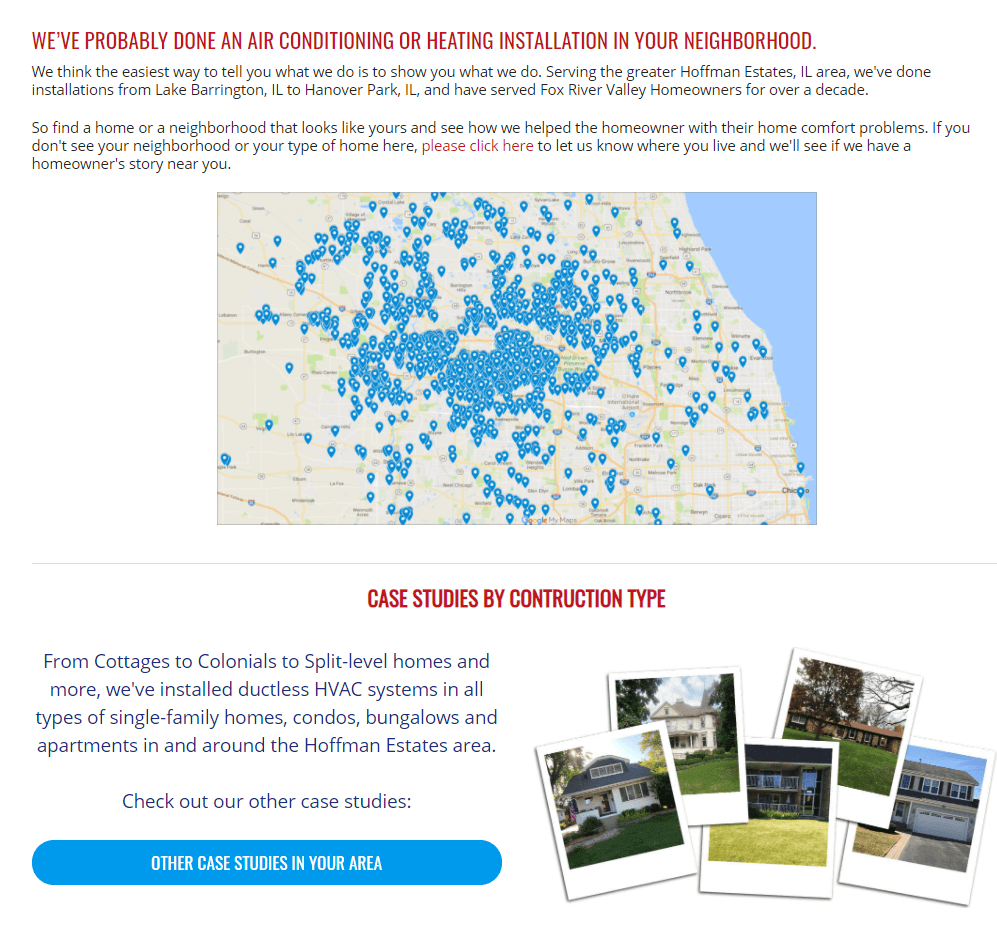Help You?
CLICK TO LEARN MORE ABOUT IRA REBATES AND TAX CREDITS
GET OFF THE GRID: SUSTAINABLE HOME HEATING AND COOLING FOR ELGIN, IL HOMES
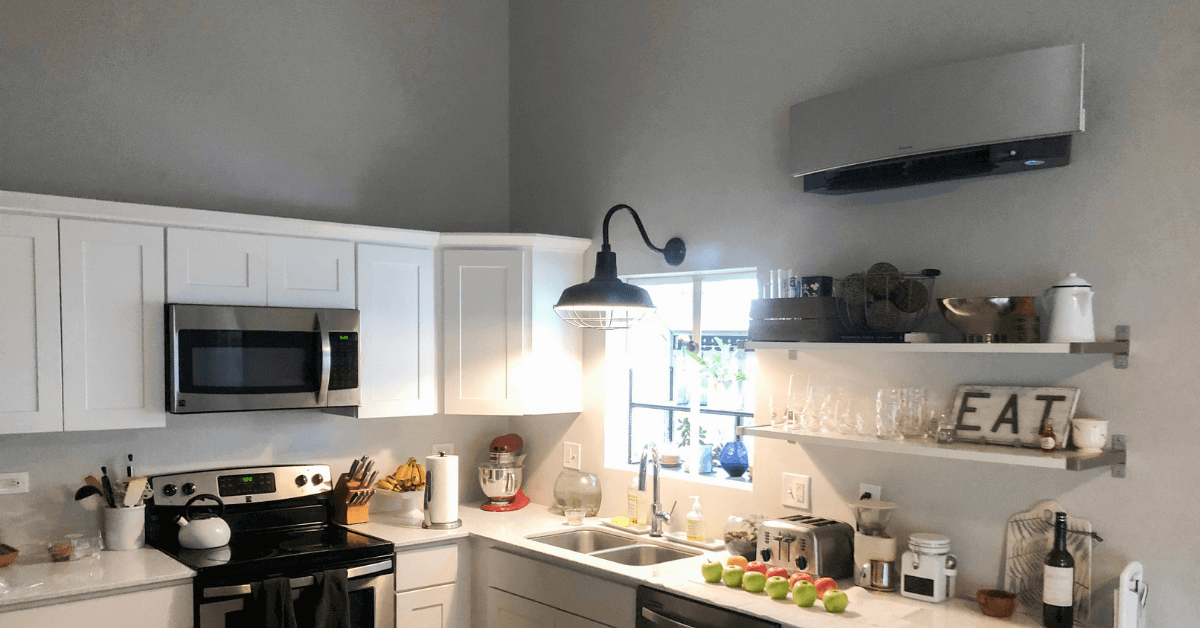
I can see this reflected in the innovative nature of the installations we’ve done this summer and the reasons behind the choices my clients made.
We specialize in designing and installing HVAC systems for homeowners who demand impeccable comfort. But more and more we see these same homeowners also want to lower their fossil fuel consumption, and in some cases, create sustainable solutions by integrating alternative electricity generation methods such as solar panels into their home comfort system.
Daikin VRV Life: Impeccable Comfort and Next-Level Efficient Design
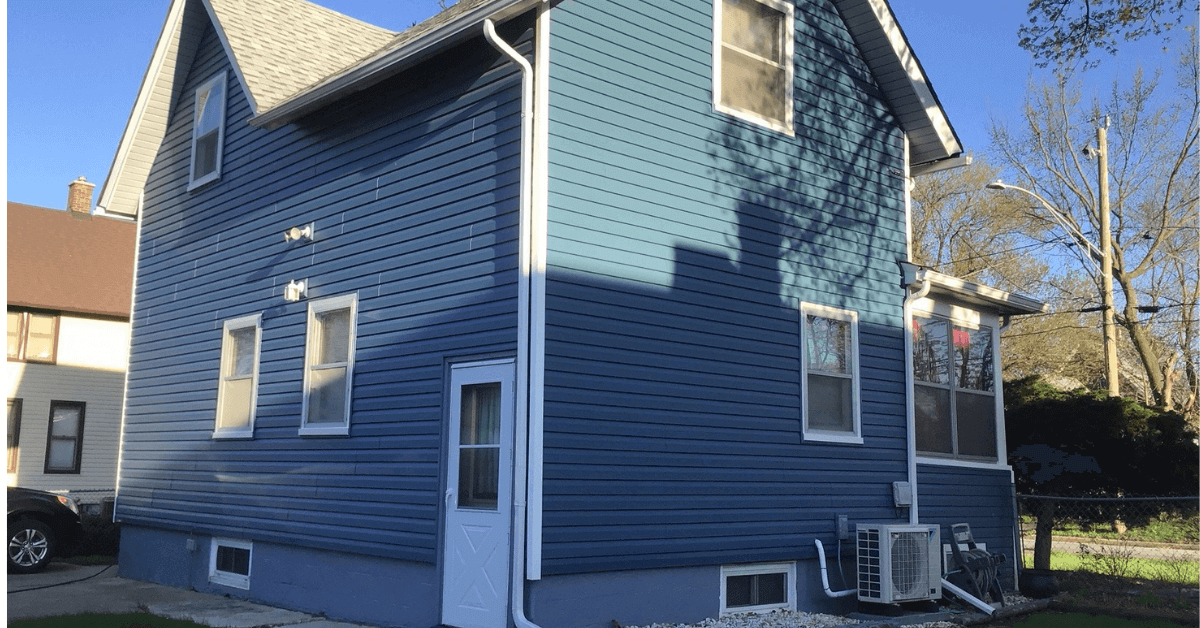
I would like to think it’s my winning personality, but I know it’s the combination of three things:
- our customer’s wants and needs
- the innovative equipment manufacturers with whom we have partnered
- our track record of providing system designs and installations that make home comfort, sustainable systems, and energy-independent solutions accessible to everyday people
This really shines through in our five-star reviews and our case study library.
Elgin, IL Homeowners Love Daikin’s VRV Life System
Anybody who knows me will tell you that I have been shouting from the rooftops about Daikin’s VRV Life and low-profile Fit systems since I first learned about them this time last year.
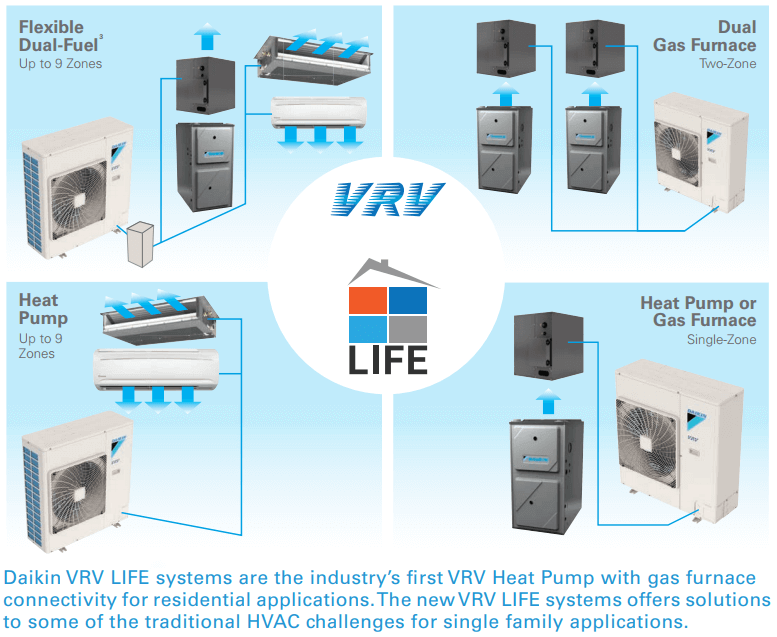
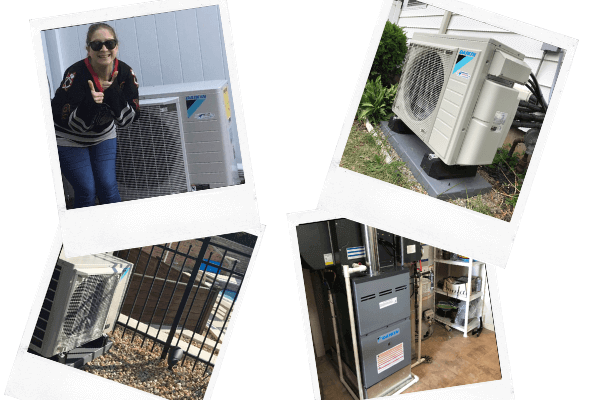
I spent the summer fixing rooms that are always too hot with ductless air conditioning while designing systems with an eye toward the heating season when those ductless mini-splits switch over to become best-in-class heat pumps.
Imagine if you could delay turning on your gas furnace until December, and then imagine that you can turn it off in March or April. You would dramatically reduce your primary fossil fuel consumption while reducing the corresponding cost of the electrification of your heat.
Yes, you will be shifting a few months to electric heat, but modern air source heat pump technology has made significant advances in delivering heat to the room and driving down energy use.
Sustainability Through Efficiency – Low Ambient Heat Pumps
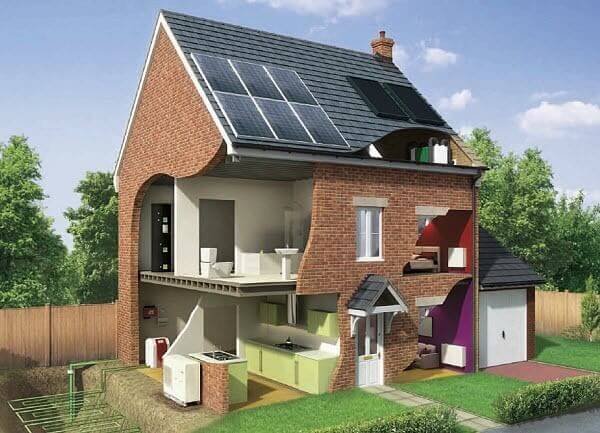
When low ambient temperature conditions come along, your heat pumps will put out 85% of their rated BTUs even when the temperature outside is as low as -13 degrees.
When temperatures dip below -13 in January and February, your primary fossil fuel heat source will heat your home, which is when you just might need a dual gas furnace, a fantastic feature of Daikin’s VRV Life system.
Will this home comfort strategy lower my energy costs?
These days we are able to shop for electricity providers who produce electricity with clean generation methods like wind, hydroelectric, and natural gas.
If your primary heat source happens to be oil, adding ductless mini-split heat pumps will certainly reduce your energy spend, but we don’t see too much in the way of oil boilers or oil-fired furnaces here in the Fox River Valley.
Back east where oil was big, ductless heat pumps have empowered homeowners to significantly reduce their fossil fuel consumption, carbon footprint while at the same time cashing in on insane rebates from utility companies.
Rebates and Financing on Sustainable Home Comfort Systems
Your exact numbers will depend on the extent of the system you need, and we will be sure you clearly understand your options and the various tradeoffs involved in choosing to become energy independent.
Don’t Compromise on Indoor Air Quality
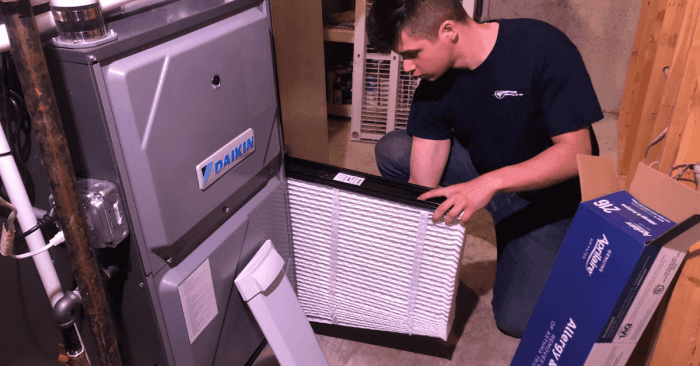
In plain language, there are four proven, tested ways – in order of importance – you can improve the air quality in your home and make it 99.9998% pure.
- Get a handle on the humidity in the basement and the rest of the house will improve. Measure it. Then do what you have to in order to regulate the humidity in your home to somewhere between 35% and 45%. This will be your best weapon against mold.
Click here to learn more. - Introduce fresh air into your home. The air outside your home is 10X cleaner and healthier than the air inside your home. We try so hard to seal our homes against the cold and the heat that we don’t allow our homes to breathe. To pull fresh air in from outside. Modern Energy Recovery Ventilators or Heat Recovery Ventilators will ensure that the air in your home is exchanged frequently. These systems will also ensure you’re not pumping cold air in and warm air out.
- Media Filters – Media filters catch the big stuff. Dust. Some pollen. Smoke. Depending on the amount of dust in the environment around your home, you may need to change your media filters more or less frequently.
- Install an Indoor Air Scrubber: An indoor air scrubber or UV light will purify the air flowing through your ducts, killing pathogens, viruses, and other microorganisms that wind up in your home ventilation system.
The average homeowner has one or more of these pieces already in place, so a holistic indoor air quality solution might run you anywhere from $700 to $4,000 depending on which pieces you need.
We put it all together in our Elgin home and I swear, we have been noticeably healthier since.
Sustainable Home Comfort Solutions for Elgin, IL Homes
Based on this past year of installing Daikin VRV Life, Daikin Fit, Daikin ductless, and Mitsubishi Electric ductless mini-splits in homes all over the Fox River Valley, I am confident that together we can design a system that exceeds your comfort goals while giving you substantive opportunities to reduce your dependence on the grid while lowering your carbon footprint.
And you might even save a few bucks on your energy bill along the way.
Let’s have a quick conversation about your situation.


